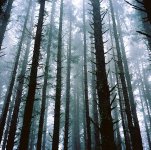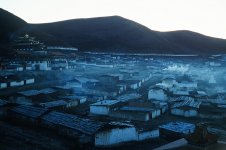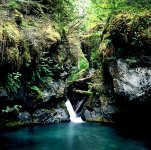ChrisN
Striving
I'm planning a trip to the desert country this (southern) winter, and wondering what colour/color film will work best for me.
Should I use negative or transparancy film, and why? All my film is scanned at home. I generally have very few photos printed, but would expect a few worth hanging if the trip goes well.
Amongst the transparancy film, the Fuji products are the most readily available locally, and I've heard excellent reports about Velvia. How do the various Fuji films compare? I'd be seeking good colour saturation to bring up the rich desert reds.
Thanks!
Should I use negative or transparancy film, and why? All my film is scanned at home. I generally have very few photos printed, but would expect a few worth hanging if the trip goes well.
Amongst the transparancy film, the Fuji products are the most readily available locally, and I've heard excellent reports about Velvia. How do the various Fuji films compare? I'd be seeking good colour saturation to bring up the rich desert reds.
Thanks!




